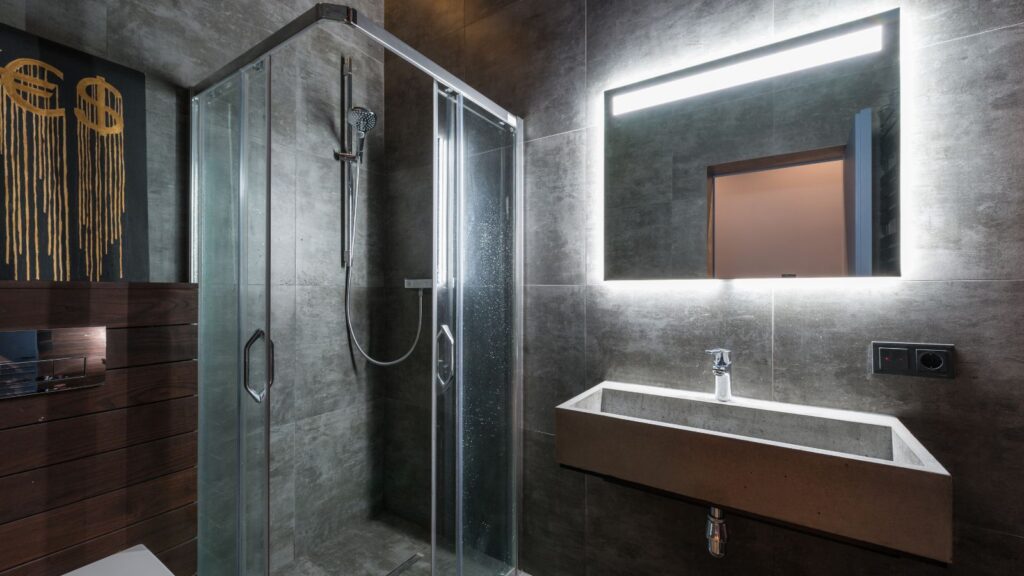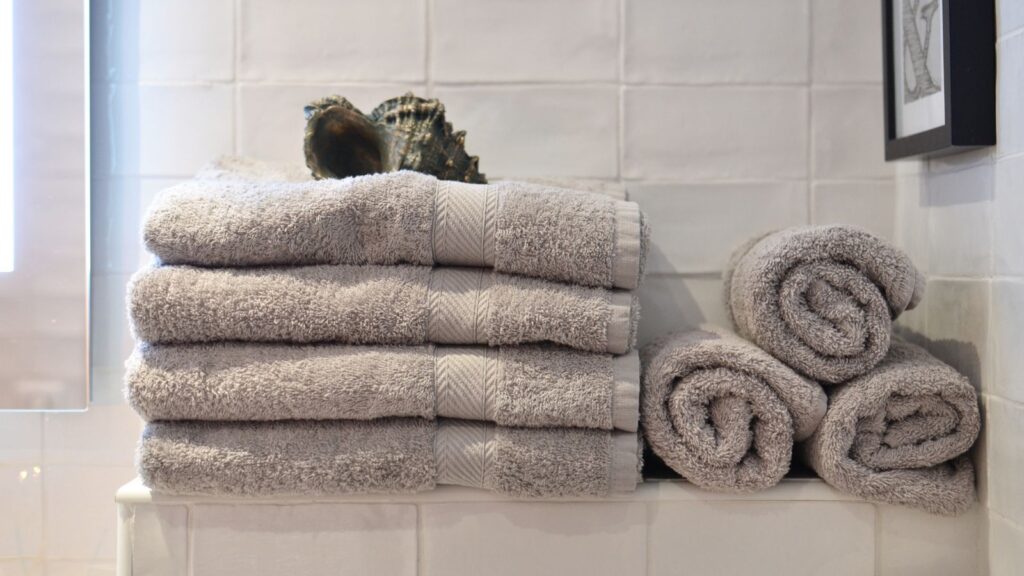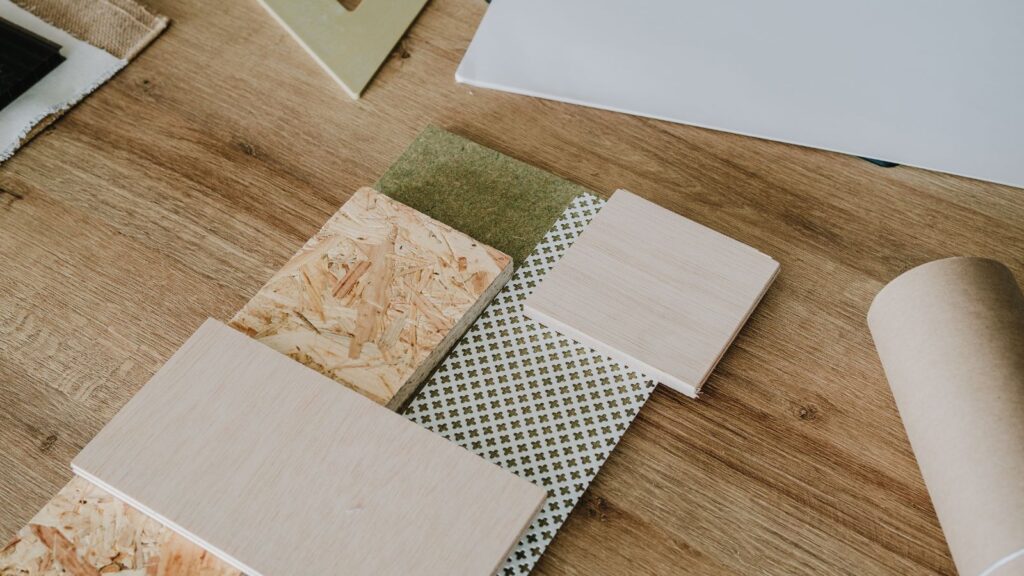When it comes to designing or updating your bathroom, bath panels might not be the first thing that comes to mind. However, they’re a crucial part of both the aesthetics and functionality of your space. Not only do bath panels help create a polished look, but they also protect the area around your bathtub from water damage. Choosing the right material for your bath panel is essential because it can impact your bathroom’s appearance, durability, and maintenance needs. Let’s explore the pros and cons of different bath panel materials to help you decide which one works best for your home.
1. Acrylic Bath Panels
Acrylic bath panels are one of the most popular options, and for good reason. They are lightweight, easy to install, and come in a range of designs to suit any bathroom style. Acrylic panels are also generally affordable, making them a great option for those on a budget. Plus, they are resistant to stains and easy to clean, which is ideal for the bathroom environment.
Pros:
- Lightweight and easy to install, perfect for DIY projects.
- Affordable and accessible.
- Available in a variety of finishes, such as gloss or matte, and a wide range of designs.
- Resistant to staining and simple to clean, keeping your bath panel looking fresh for longer.
Cons:
- Over time, acrylic can become scratched or faded, particularly in high-traffic bathrooms.
- Less durable than other materials, which means it might not stand the test of time if not properly cared for.
- Doesn’t always offer the premium feel of other options, like wood or stone.

2. MDF (Medium Density Fibreboard) Bath Panels
MDF bath panels are another popular choice, offering a smooth and solid surface that can be painted or customised. They are often more affordable than materials like wood or stone but still provide a substantial and premium feel. You can easily find MDF panels in a range of designs and colours to match your bathroom decor. Check out Plumbworld for stylish panels for modern bathtubs.
Pros:
- Smooth, even surface makes it perfect for painting or customising with a colour or pattern of your choice.
- Affordable yet gives a solid, premium look.
- Sturdy and well-suited for modern bathroom designs.
Cons:
- Susceptible to water damage if the panel isn’t properly sealed or maintained.
- Not as durable as other materials, especially in bathrooms that experience high moisture levels.
- Requires more maintenance to prevent issues like swelling or warping.
3. PVC Bath Panels
If you’re looking for a highly practical, low-maintenance option, PVC bath panels are an excellent choice. PVC is extremely water-resistant, making it a good fit for bathrooms where moisture is constant. This material is easy to clean and can withstand humidity without damage, making it a durable option for the long term.
Pros:
- Excellent water resistance, perfect for humid bathroom environments.
- Extremely low-maintenance and easy to clean.
- Durable and long-lasting, providing great value for money.
- Available in a variety of designs and finishes, offering flexibility in your bathroom styling.
Cons:
- Less natural or premium-looking compared to materials like wood or stone.
- Can discolor or become cloudy over time when exposed to sunlight.
- Not always the best option for those who prefer a more traditional or elegant aesthetic.

4. Wood Bath Panels
Wood bath panels add a touch of warmth and elegance to your bathroom, making them perfect for those who want a more natural, rustic look. Wood panels can be customised and treated for better water resistance, which is essential in a bathroom environment. With the right care, wood bath panels can last for years and bring a timeless feel to the room.
Pros:
- Offers a warm, natural aesthetic that adds character to your bathroom.
- Customisable finishes, allowing you to stain, paint, or treat the wood to suit your style.
- Can be treated for increased water resistance, giving it a long lifespan.
Cons:
- Requires regular maintenance to prevent water damage, mould, or rot.
- More expensive compared to acrylic, MDF, or PVC.
- Heavier and more difficult to install, requiring professional help in some cases.
Conclusion
Choosing the right bath panel material is more than just about looks; it’s about durability, maintenance, and how well the material fits into your bathroom’s overall design. Acrylic, MDF, PVC, wood, stone, glass, and metal all offer distinct advantages and disadvantages. When making your decision, consider your bathroom’s style, how much maintenance you’re willing to put in, and your budget. No matter which material you choose, the right bath panel can make a significant difference in your bathroom’s functionality and aesthetic.
